Party in the Art Room Blog
Scroll for helpful tips, stories, and news.
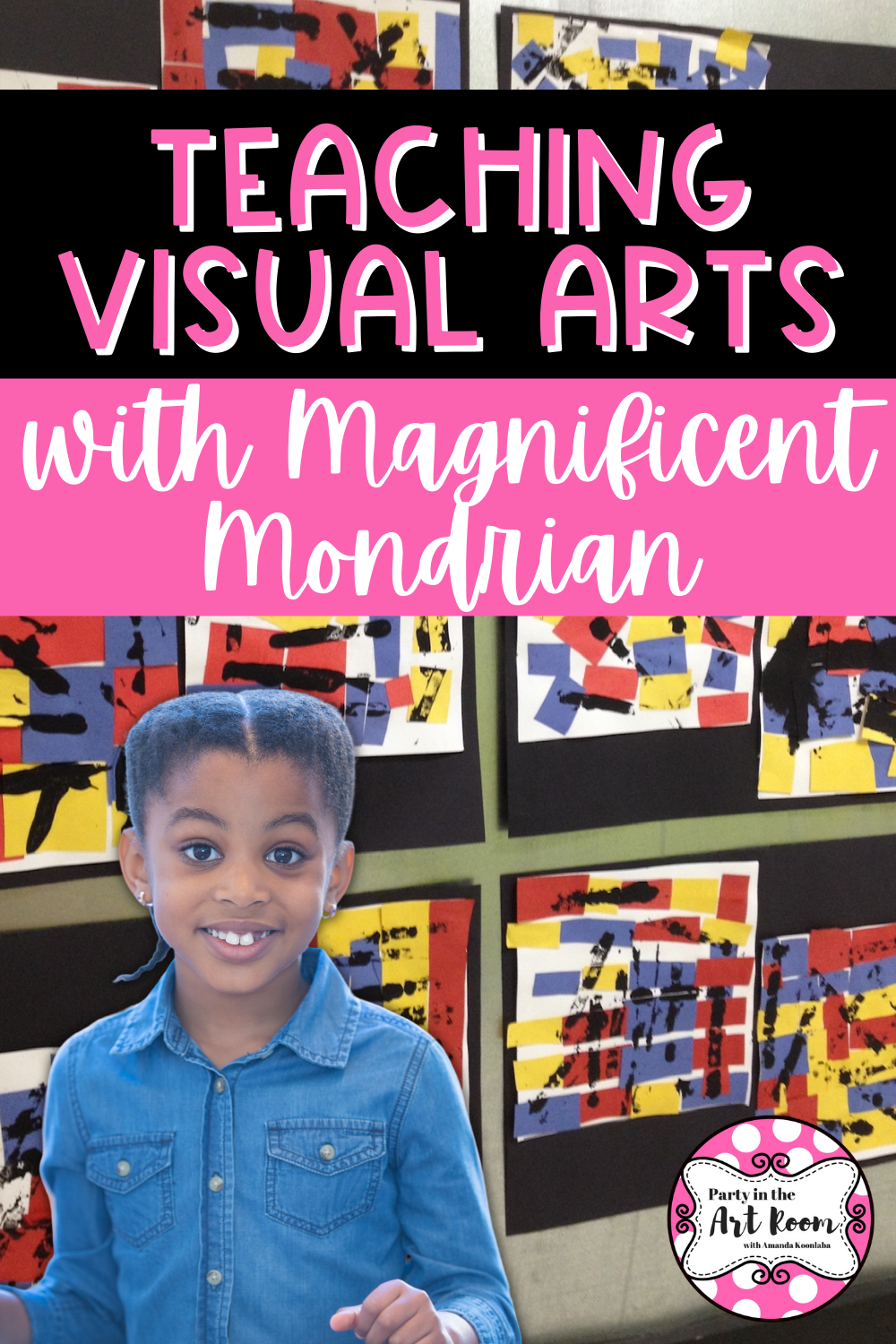
How to Teach 3rd Grade Visual Arts with Magnificent Mondrian
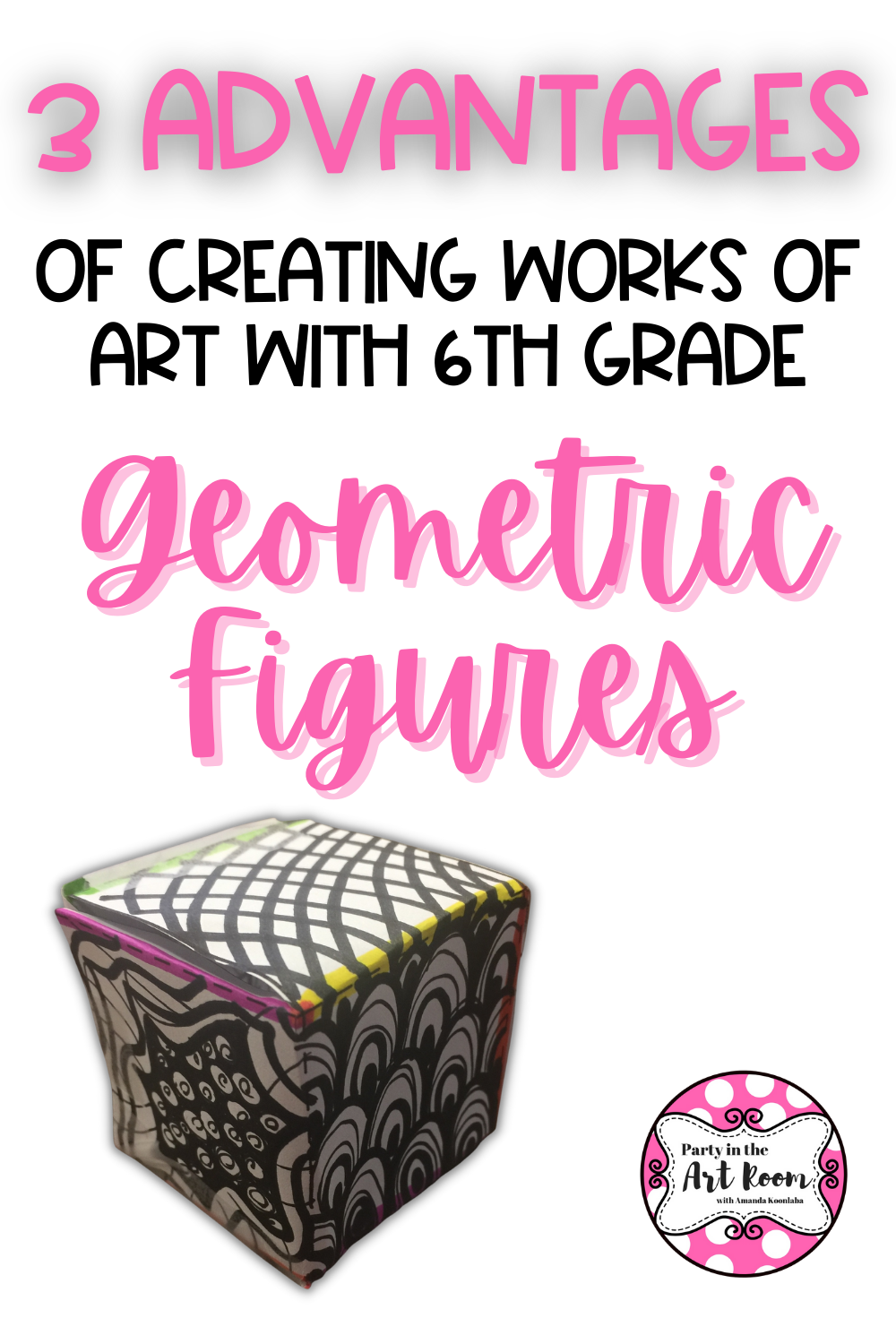
3 Advantages of Creating Works of Art with 6th Grade Geometric Figures

Social and Emotional Learning : 5 Things ALL Art Teachers Need to Know
Social emotional learning in schools is a hot topic in education. But what does it mean? And how can you bring it into your art class?
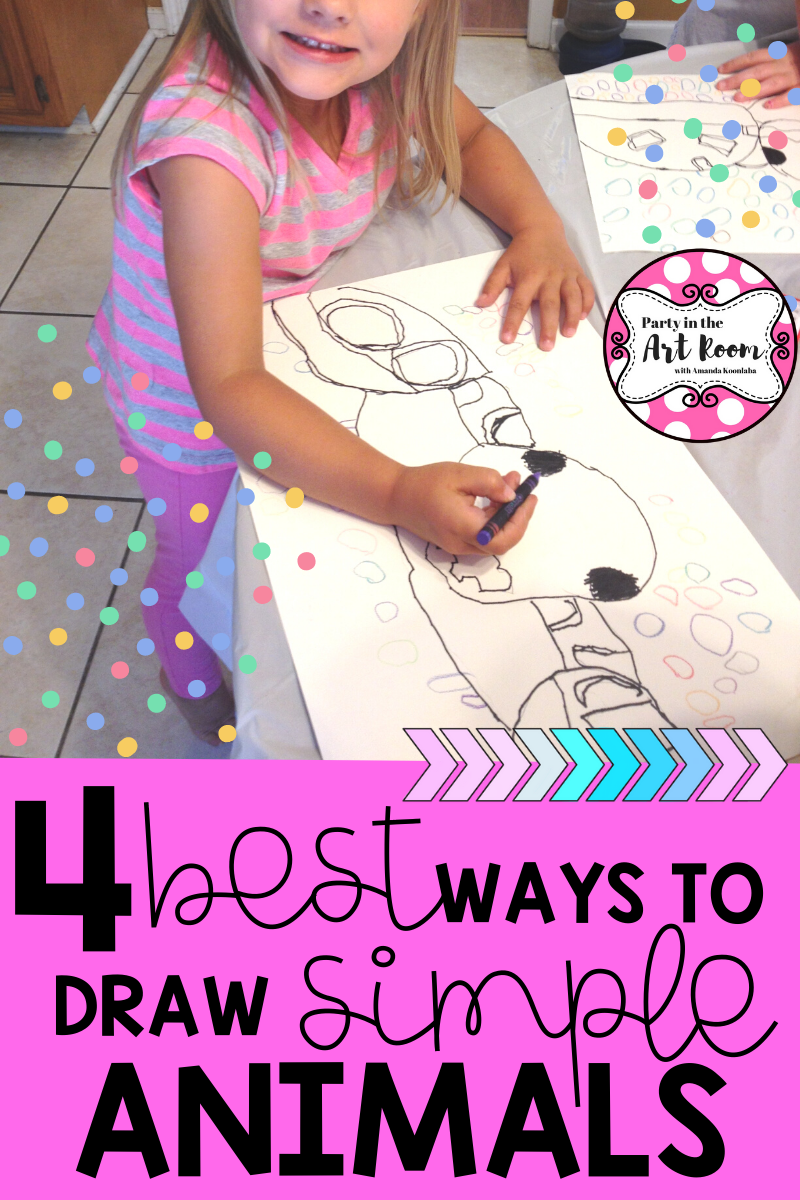
The 5 Best Ways to Draw Simple Animals
Want to teach your kiddos or students how to draw animals easily? Here are four ways and activities you can use to make drawing animals simple and fun.

3 Things to Consider When Choosing an Online Art Program for Homeschool
If you’re considering enrolling your homeschooler in an online art program to help meet their educational needs, here are three things you should consider before committing.
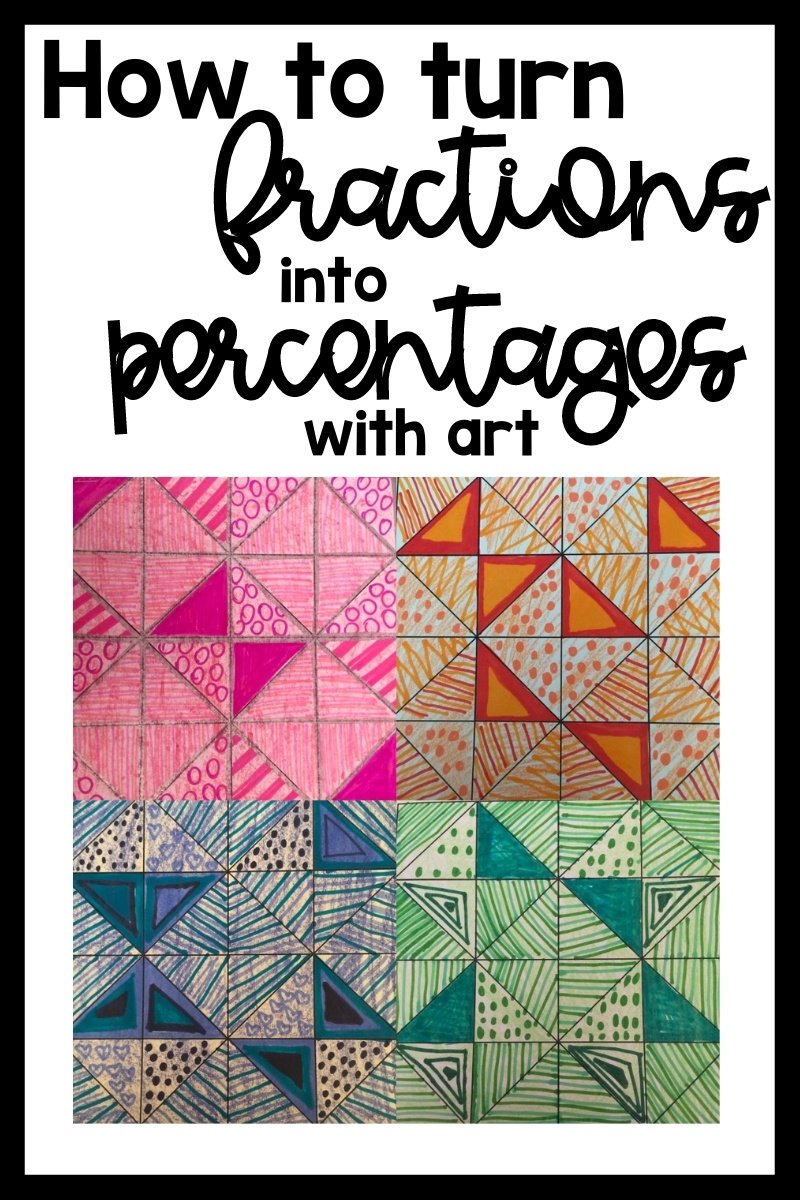
One Surefire Way to Turn Fractions into Percentages Using Beautiful Quilts
Want to teach students how to turn fractions to percentages…while also engaging them? In this blog, I’ll show you how you can use an art quilt lesson to help your students with fractions and converting to percentages.

Top Tips for Painting an Exterior Mural with Students
Art teachers and mural painters alike will tell you that the best way to learn how to paint an exterior mural is to paint an exterior mural. It can seem like an unreasonable and unrealistic expectation for the teachers at a school to take on the task of creating a mural with students. That's because there's a lot of things to consider, especially when the mural will be outside in the elements.
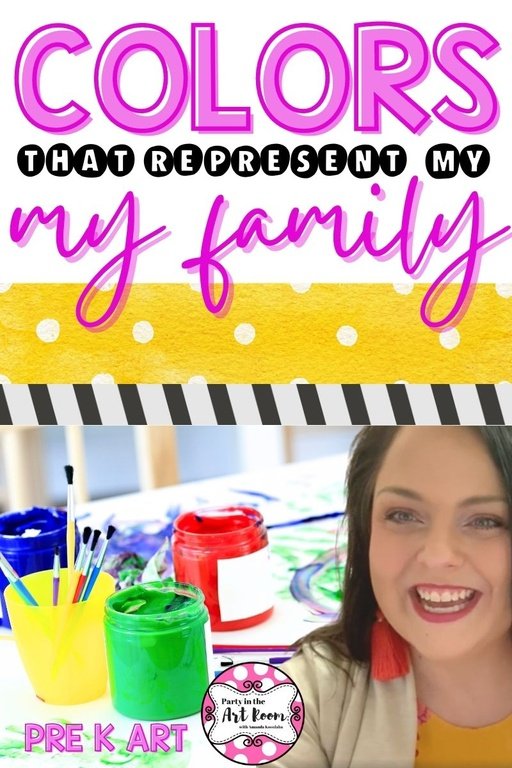
Connecting Color to Family : Art Lesson for Pre K

Teaching Kids to Work with a Complementary Color Palette
Complementary colors are those that lie opposite each other on the color wheel, and they work very well together to create interesting contrasts in color schemes. In order to create complementary color schemes, you have to have an understanding of color theory—but you don’t have to be an expert-level artist to teach children how to do it! Here are some ways you can teach kids about working with complementary colors in art education settings.

How to Create a Safe and Supportive Learning Environment in the Classroom
With the increasing awareness of trauma and its effect on the brain, there has been a new focus on creating a safe and supportive learning environment in the classroom. But what does this actually mean? What do teachers need to know in order to create that kind of space? This blog post will explore what trauma is, how students can react to trauma, and what teachers can do to create a safe and supportive learning environment for students who have experienced trauma.

Mary Cassatt: Art That Makes You Smarter
As a teaching artist, I've found that teachers don't discuss art with students because they don't know what to say. Watch the video posted here and let me give you the words to talk about Mary Cassatt. This segment is here to help you fit art into your curriculum. You can start by doing this critical thinking activity with your students. It gets the kids more engaged in your classes. They’ll remember every lesson!

How to Use the Grid Drawing Method Like Chuck Close
Want to teach your students about the grid drawing method? Chuck Close is known for using grids to draw. We will look at some examples, and talk about how he used grids - and how your students can, too!
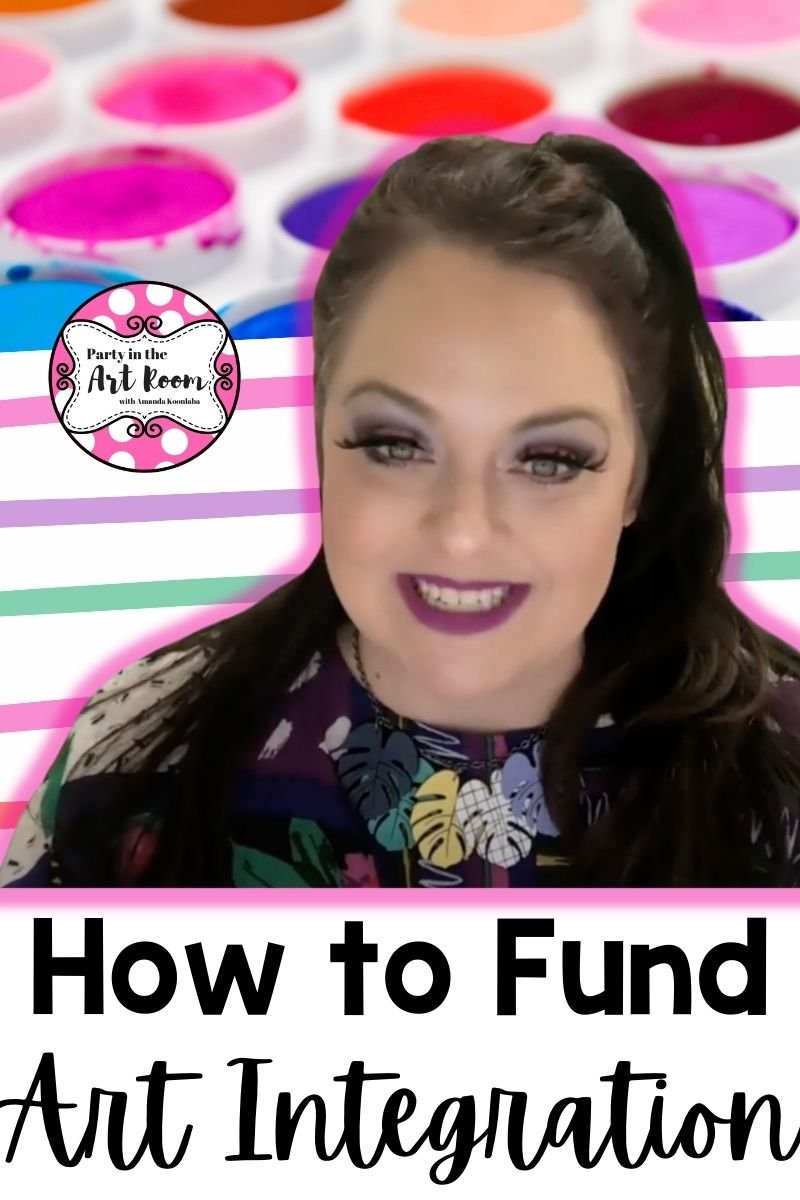
How to Fund Arts Integration
Arts integration is a crucial component of joyful learning. Making arts integration training a priority in schools could immensely improve the experiences of students and teachers. Arts integration brings joy to students. After all, teaching is not effective if it's not joyful. Let’s talk about funding this option!
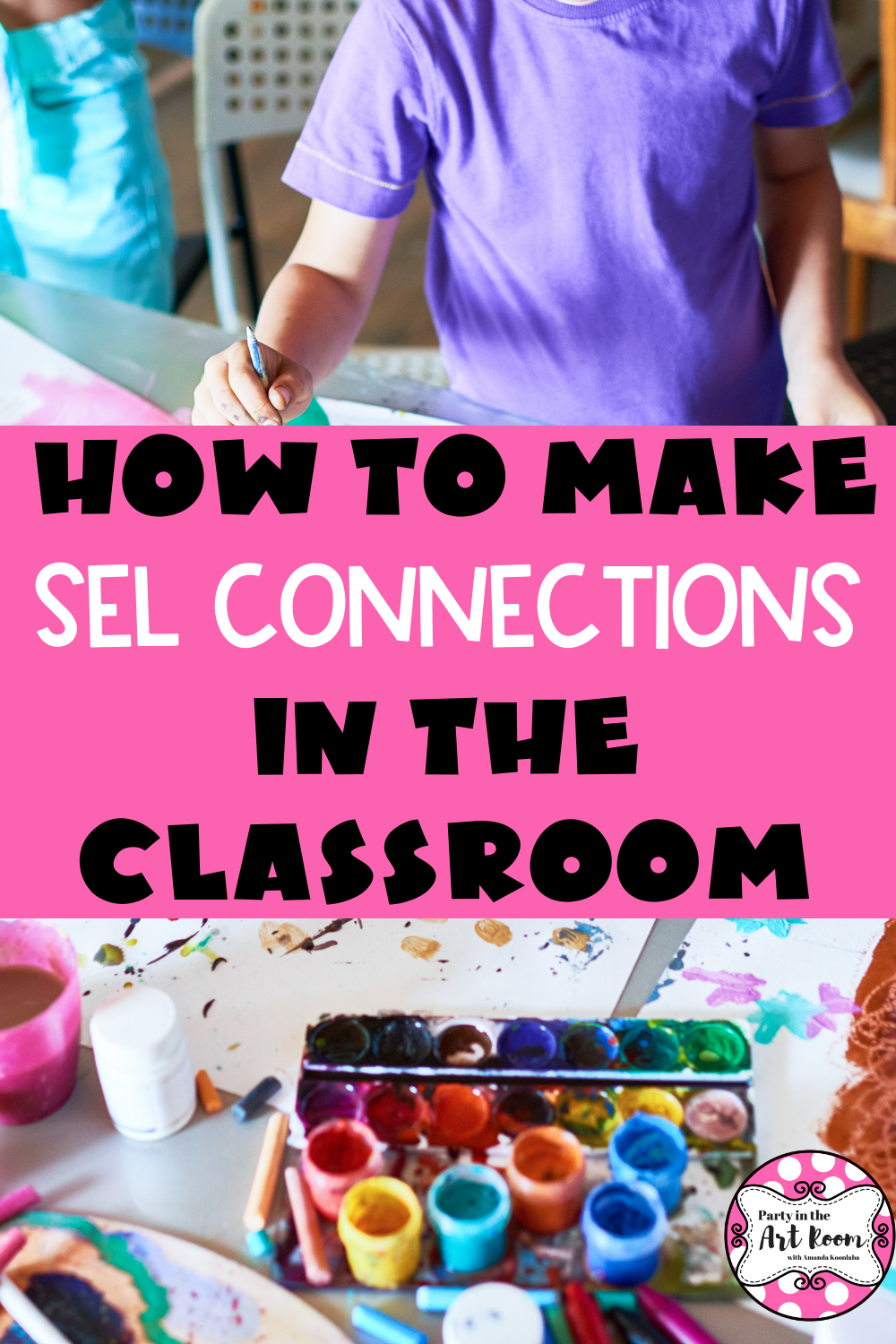
How to Make SEL Connections in the Art Room

Understanding Visual Perception as a Process Component of Visual Arts Education
This post is about merging two concepts, that really aren’t different at all but that sometimes aren’t connected in our thinking: visual perception as part of our daily lives and PERCEIVE as a Process Component in the Visual Arts standards. Being able to PERCEIVE is part of what an artist needs to be able to do. When we use arts integration in your classrooms, our students need to be able to PERCEIVE, or pay very close attention to details in their own works and in the works of others. This spills over into everything else we do as human beings, though.
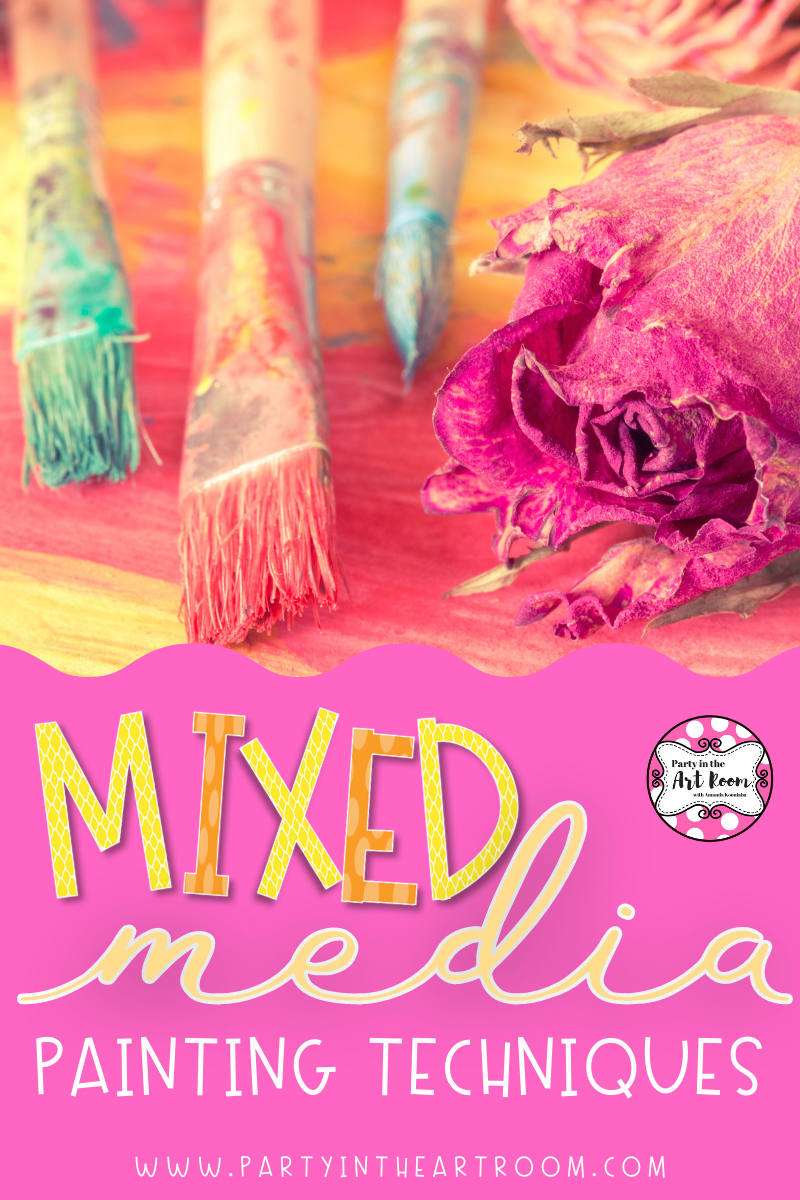
6 Techniques for Mixed Media Painting
I was first introduced to mixed media painting when I was in middle school and my teacher said, "Sometimes you just have to paint on anything." A few pieces of scrap paper and random paints later, I was hooked! Painting on fabric, wood, glass and more adds texture and dimension to artwork—and the possibilities are endless. It's so much fun! So how can you get started with mixed media painting? This post will show you six painting techniques you can use right away.
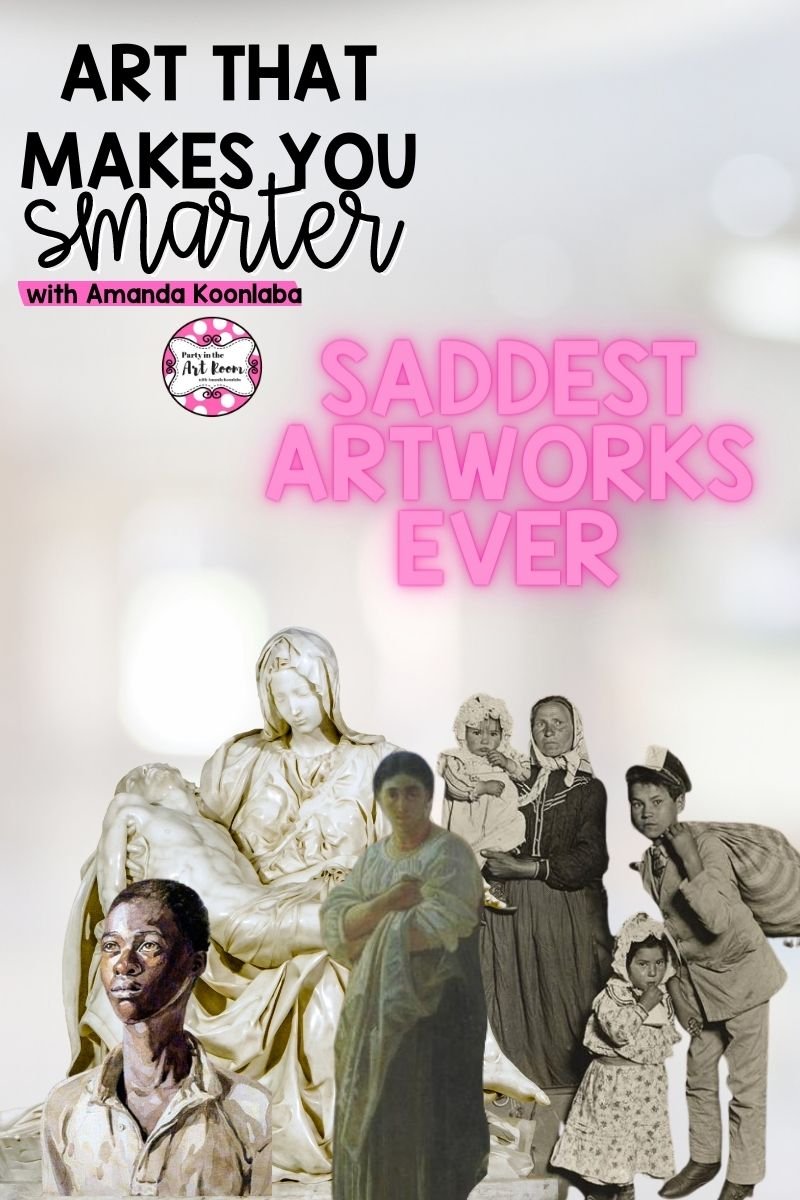
5 Artworks That Will Break Your Heart

How to Choose Artwork That Won’t Trigger Your Students
So, how do you choose art prints that won’t trigger your students? The truth is that you don’t. We can't avoid all triggers for students because it's not in our power. We don't know what triggers each student in our care, so we can’t always avoid them.
We can avoid general universal triggers like violence, but we can’t avoid the more subtle ones. However, you could rely on knowing your students and their surroundings. You can help students work through their triggers.

ART THAT MAKES YOU SMARTER : HISTORY OF ART DECO
What was art deco? Why was it so popular in the 20th century? How did it come about? The answers to these questions, and more, are answered in this article that explores the history of art deco for teachers.
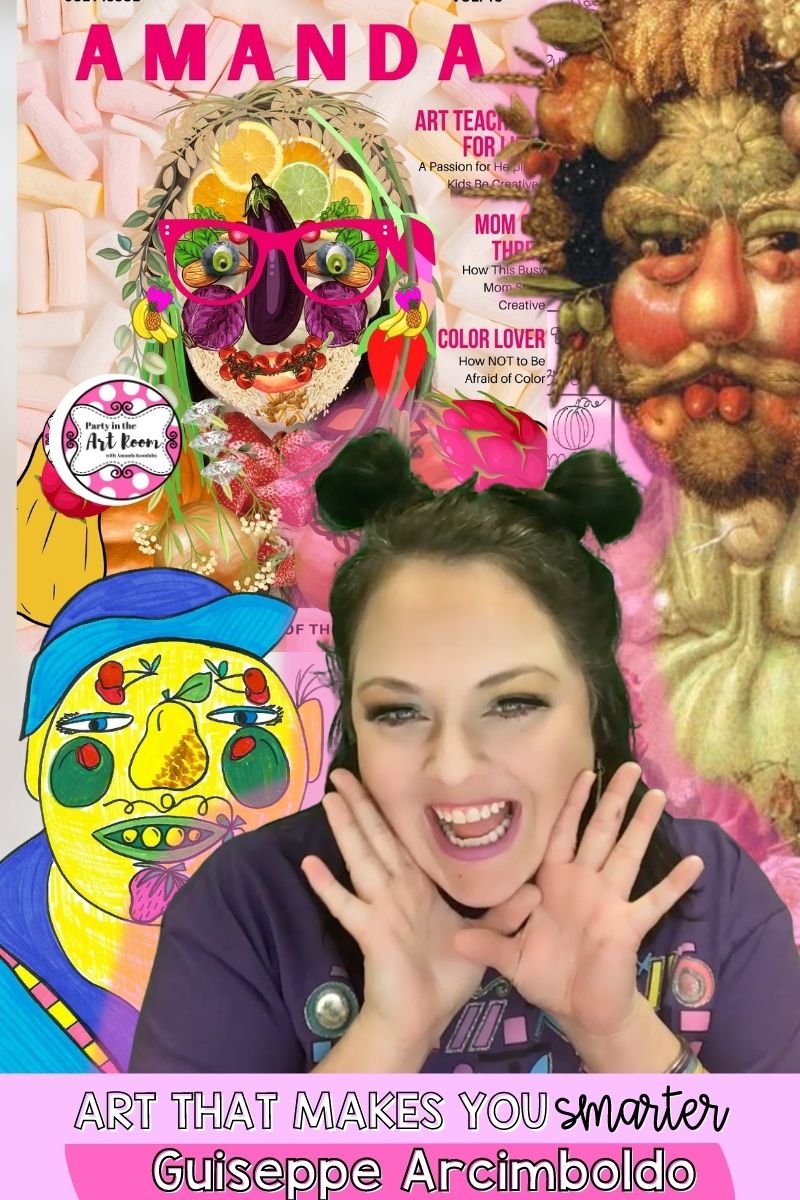
Art That Makes You Smarter : Guiseppe Arcimboldo's Fruit Faces
Have you seen Giuseppe Arcimboldo’s fruit face artwork? It’s a fascinating and unique style that your students will love. In this blog, I discuss the history behind his fruit face painting and how you can incorporate it in your classroom.
